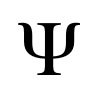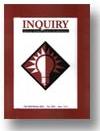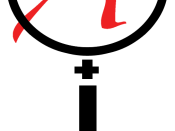With this paper, I will be discussing a recent organizational problem inside my company, which I have been an employee for two plus years. I will briefly describe the basic concept of critical thinking. I will then describe the setting and associated problem. Next, I will frame the problem from two different stakeholder perspectives, each reflecting specific forces of influences. Then I will describe the types of thinking used by each stakeholder. After, I will describe logical fallacies that are contained in the problem framing of each of the stakeholders. Then I will examine other possible forces of influences that can have affect of the problem. Lastly, I will provide an answer to the dilemma "How do we accept each other's differences and still get anything done?"
To some people, the concept of critical thinking, can be defined as the skill of taking charge of ones mind. As two distinct authors suggests, "if we can take charge of our own minds, we can take charge of our lives; we can improve them, bringing them under our "self-command" and direction."
(McCall and Kaplan, 19). The problem with not taking charge is that people tend to fall back on their impulsive and accustomed ways of thinking. The results of such negative habit results in the lack of tools to prevent themselves from being easily manipulated and think more independently. Critical thinking aids us to ask questions, analyze evidence offered, interpret complicated problems and formulate intelligent decisions. This is crucial especially when problems tend to have no clear-cut solutions and often times no solution but options. The only way to conquer such feat would be to obtain self-discipline and the art of self-examination. The outcome would be fewer mistakes in every dimension of our lives and business.
About two months ago, a group...


